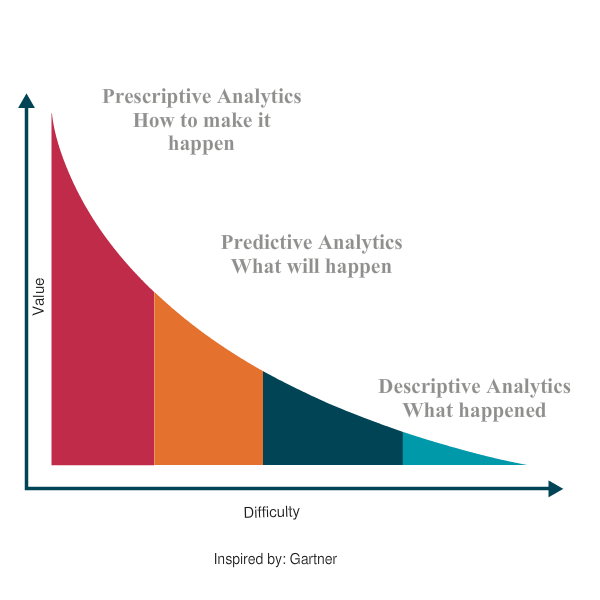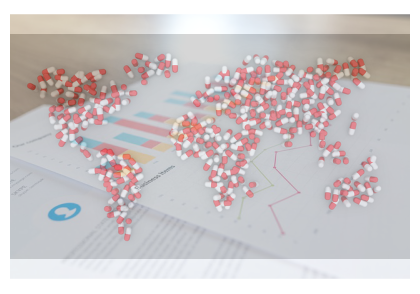Why is Retail Moving from Predictive to Prescriptive Analytics?
A larger trend seen in the retail sector in 2018 is the move by many retailers to move away from predictive analytics and adopt prescriptive analytics. Predictive analytics, for many, is now a case of ‘been there, done that.’ Using insights gleaned from data analytics, many retailers have executed marketing campaigns, effectively targeting customers.
But now it’s time to deploy prescriptive analytics as the competition gets hot. Prescriptive analytics and retail have a new relationship. In short, this form of analytics is suggesting intelligent recommendations to shoppers. Eg: A customer known for her penchant for buying black tees with types of denim is now shown matching shoes, based on her past shopping patterns.
Online shopping these days is all about personalizing the customer experience. It’s no longer about pandering to the needs of a cluster of like-minded customers but taking personalization to the individual customer level.
As we all know, predictive analytics helps brands forecast the likely outcomes from a set of past customer actions. Compared to prescriptive, it’s slightly in the realm of conjecture, though based on statistical techniques and data mining. Compared to it, prescriptive is a more solid form of analytics; it helps companies draw up specific recommendations based on history, and has started to play an extremely crucial role in retaining customers. After all, remedial action (prescriptive), is a far more scientific and better way of helping your customers by throwing up concrete proposals than forecasting (predictive), what they (retailers) might want while shopping.
The Express Analytics CDP Oyster helps companies integrate data and get deeper insights with its mature ID resolution capability.
For retailers to move on to prescriptive analytics, more so in real-time, has become a battlefront weapon in the war against large e-commerce firms like Amazon. With prescriptive analytics, retailers can analyze different types of data such as geo-location, trends, product availability, and shopping peak hours.

Use of Prescriptive Analytics in Retail
So how do you use prescriptive tools? There are many ways. Utilize them to validate all your key decisions. Use this form of analytics based on structured data to discover new business opportunities. Use it to identify problem areas that are blocking sales from delivering its 100%.
Pricing of your goods is an extremely important area. You could lose your customer to a competitor who is selling the same commodity for a few bucks less. Price transparency in today’s day and age of e-commerce has run many a business into the ground. Brands are confused with their pricing strategy – do they add a percentage because of their exclusivity?
Inventory and order management are some of the other areas where retailers can benefit from using prescriptive analytics solutions. Using this form of analytics, companies can schedule their stock deliveries, automating processes.
There are many reasons for Enterprises to start looking at deploying prescriptive analytics. One of them is that our lives have got busier and more complicated, mostly because of data overload. Any kind of automated software that will help your employees make faster and smarter decisions is welcome. Whether in inventory or customer relations.
If you are a retailer and are looking for predictive or prescriptive analytics solutions, get in touch.
An Engine That Drives Customer Intelligence
Oyster is not just a customer data platform (CDP). It is the world’s first customer insights platform (CIP). Why? At its core is your customer. Oyster is a “data unifying software.”
Liked This Article?
Gain more insights, case studies, information on our product, customer data platform


No comments yet.